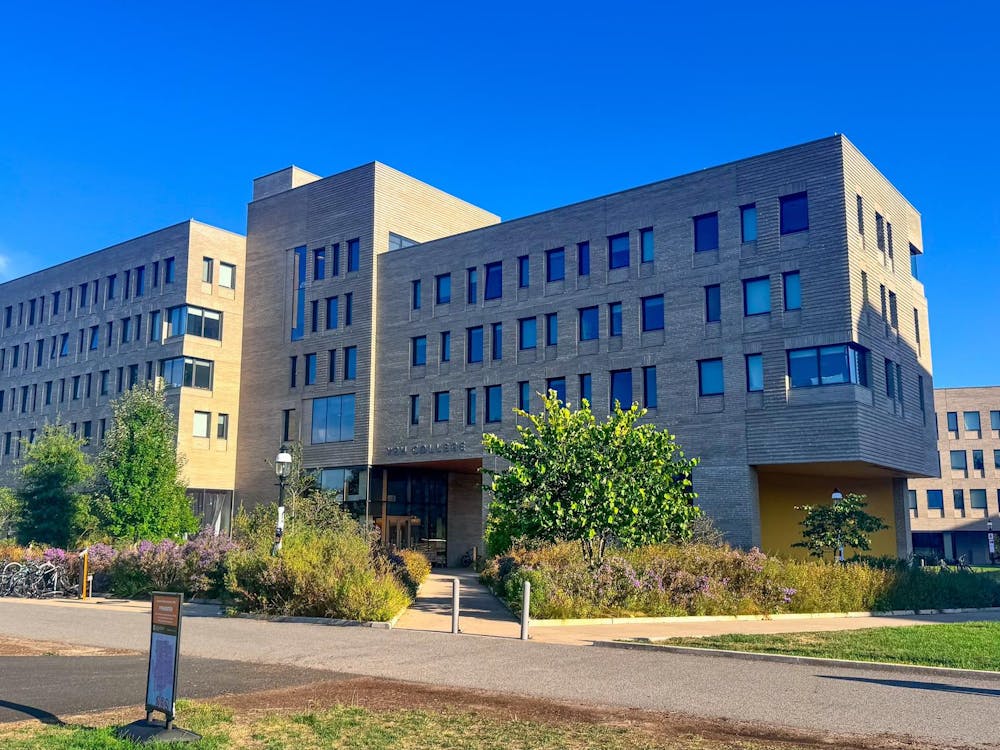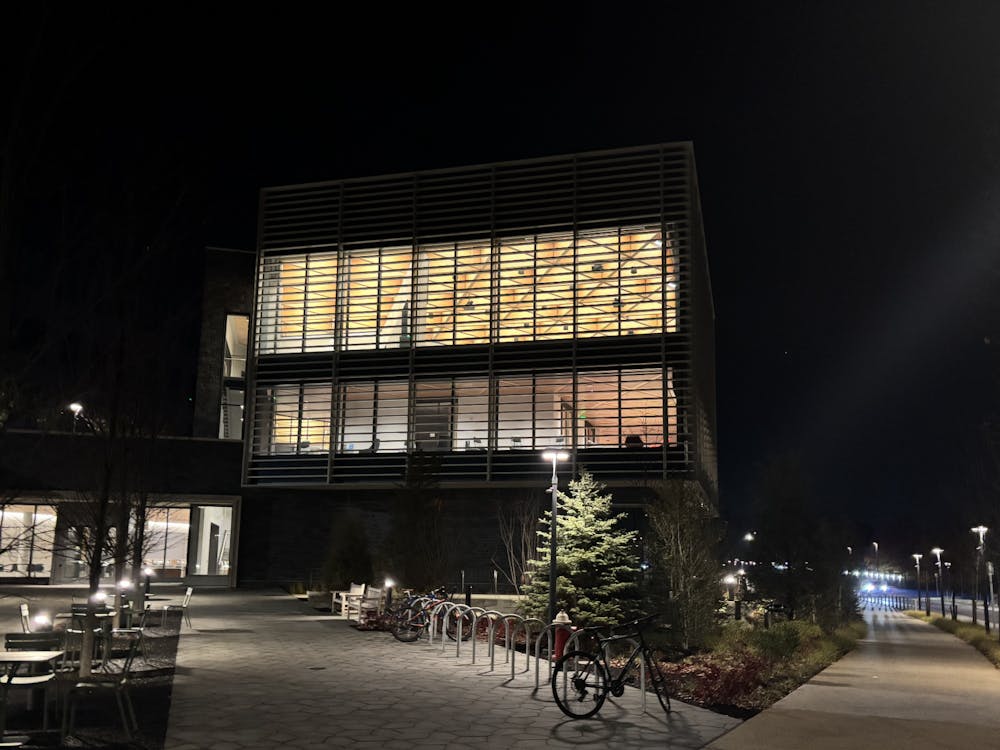The Dec. 2 gas leak outside of Eno Hall that caused 500 individuals to evacuate 11 campus buildings may have been caused by digging outside the area that had been approved by state public utilities company PSE&G, according to PSE&G spokesperson Kristine Lloyd.
The leak occurredwhen a backhoe struck a gas main while construction workers were working. Lloyd said the main wasstruck in a spot that was outside the area PSE&G had marked out for the project.
The source of the leak was a pipe owned by PSE&G. Before digging in that area, University construction authorities were required to make a request to notification system New Jersey One Call specifying the digging area. NJ One Call then reached out to companies that own gas pipes in the specified site.
University Spokesperson Martin Mbugua said the specific pipe that caused the rupture was not marked on the map PSE&G used to mark the area.
Lloyd said this was because that pipe lay outside the mark-out area designated for the project.
PSE&G’s initial investigations showed the pipe damage occurred outside of the scope of the area originally requested for a mark-out, Lloyd said. While this is the company’s current stance, she noted their investigation “is not necessarily complete.”
Bob Gregory, director of the town of Princeton's Office of Emergency Management, said University Facilities is also in the process of determining why the gas line had been struck.
Lloyd said she could not disclose documentation showing or describing the location of the original markout area for safety purposes. Mbugua also said the actual mark-out request was not available.
In response to the leak, the University’s Department of Public Safety and Environmental Health and Safety Office evacuated the buildings surrounding the area of the pipe rupture. These included McCosh Health Center; academic buildings Guyot Hall, Moffett Laboratory, Schultz Laboratory, Eno Hall, and Jones Hall; and Wilson College dormitories 1938 Hall, 1937 Hall, 1927-Clapp Hall, Dodge-Osborn Hall, and Feinberg Hall. Library specialist Abbey Thompson also evacuated Mendel Music Library as a precautionary measure.
While Frist Campus Center was not officially evacuated, some students in the campus center at the time of the incident said they were advised to evacuate.
Alec Urbach ’17, who had been in a Frist classroom during the incident said that someone told him that there had been a gas leak nearby, but did not provide any additional information. Gabrielius Banevicius ’15 explained that he left Frist after hearing fire alarms at approximately 10 a.m.
“I kind of assumed it was a drill, or whatever, but everybody left, and we went outside and we waited,” he said, adding, “There was nothing to indicate it was a drill or not. I just made that assumption.”

Banevicius noted that everyone he saw in his area was also leaving the building.
The fire alarms that went off in the adjacent evacuated buildings, including Jones, might have prompted students to leave Frist, Mbugua noted, speaking on behalf of Director of Support and Access Services Nick Robinson.
Mbugua added that fire alarms went off in all 11 evacuated buildings, but no formal communication was disseminated from the Department of Public Safety. He explained that the Department of Public Safety followed the campus emergency protocol during this incident. The Princeton Telephone and Email Notification System was not used because it was not deemed necessary to notify the entire campus.
“The first priority is to secure the area and address the situation at hand,” Mbugua said. “It does cause inconvenience if someone cannot get into a building, but it would not be practical in such a scenario to address each person’s questions or concerns about where they need to go.”
Alex Smith ’15, who had a virology lecture scheduled in Schultz that morning, said he did not initially receive any communication regarding the incident.
“[My classmates and I] just sat there for a while, wondering if we were going to have class moved to another building or not, but ultimately it was just cancelled,” he explained, adding, “The officer just wouldn’t let us in the building, and they didn’t say anything else.”
Gregory noted that this leak affected more people than previous ones on campus because this gas line was close to many buildings.
“It was a high-pressure gas line, so you get a lot more gas released in the atmosphere,” he said. “There’s always a fear of the wind taking that into a building.”
He added that he felt the response to the incident was appropriate.
“It seemed like [the University] evacuated the appropriate amount of buildings,” he said, adding, “I know as far as the number and locations, they did a good job of making sure that they were evacuated.”
Staff writer Chitra Marti contributed reporting.







